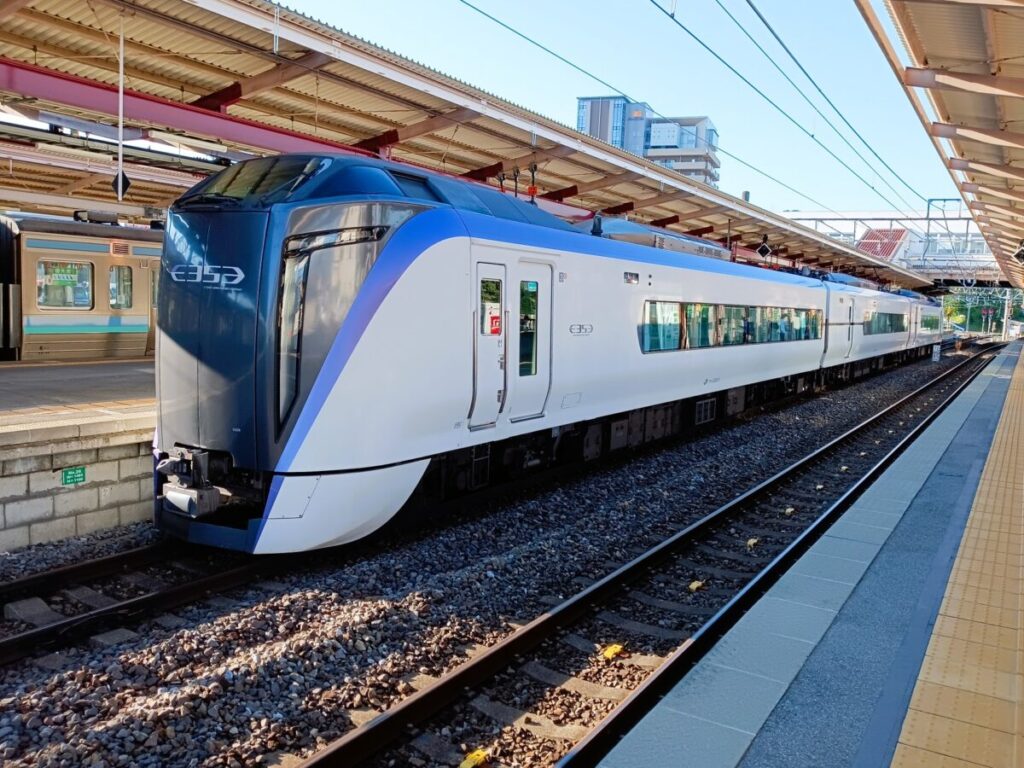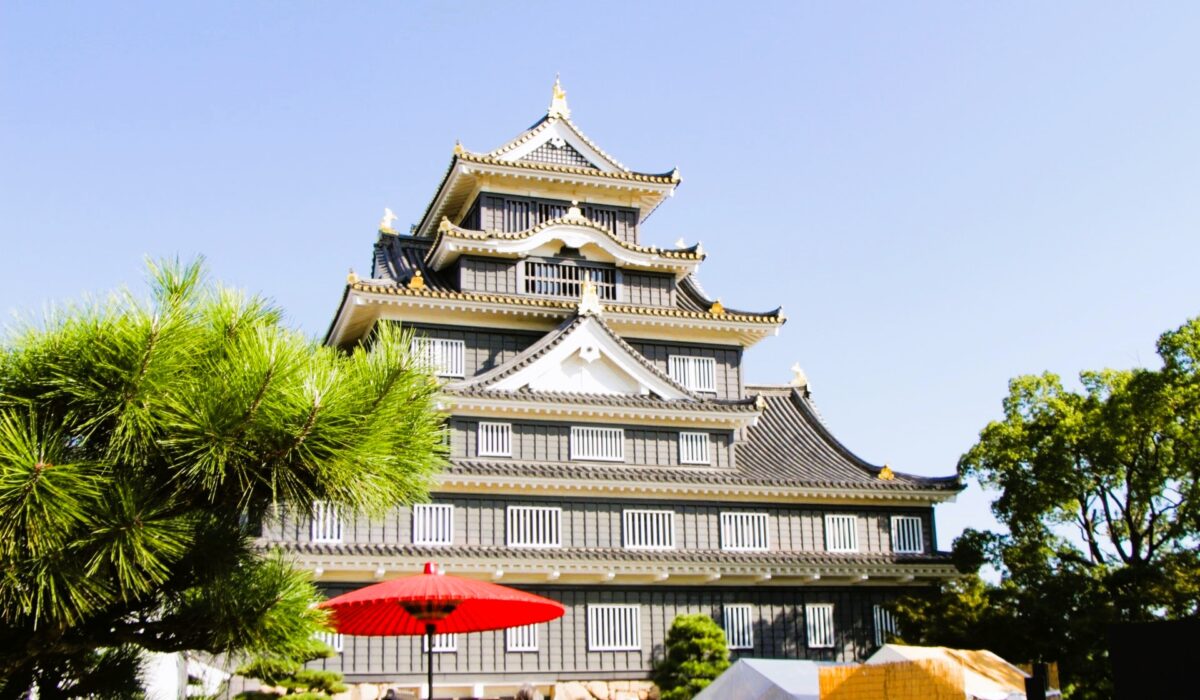Overview
The Japan Rail Pass (JR Pass) remains one of the most valuable tools for travelers exploring Japan by train. But with several regional options now available—each covering different areas of the country—selecting the right pass can make a major difference in both cost and convenience.
Whether you’re planning a quick getaway around Tokyo, a cultural deep dive through Kyoto and Osaka, or an extended rail journey from Hokkaido to Kyushu, Japan Rail offers a pass tailored to your route. In 2025, the key choices are the JR East Pass, JR West Pass, and the Nationwide Japan Rail Pass.
Before purchasing, it’s worth comparing what each pass includes, how much freedom it offers, and which travelers benefit the most.

Comparison Table
| Pass | Coverage | Duration | Ideal For |
|---|---|---|---|
| JR East Pass | Tokyo, Tohoku, Nagano, Niigata regions | 5 consecutive or flexible days | Travelers exploring northern and eastern Japan |
| JR West Pass | Kansai, Hiroshima, Okayama, and western Honshu | 1–7 days depending on area | Visitors focusing on Osaka, Kyoto, Nara, or day trips to Hiroshima |
| Nationwide JR Pass | All JR-operated lines across Japan | 7, 14, or 21 consecutive days | Long-distance travelers and cross-country explorers |
What Each Pass Covers
JR East Pass
JR East manages a large rail network covering Tokyo and the northern half of Honshu. The JR East Pass is best suited for travelers who want to explore beyond the capital—toward destinations like Nikko, Sendai, or the snow-covered landscapes of Tohoku.
Key benefits include access to the Tohoku Shinkansen, Joetsu Shinkansen, and local JR lines around Tokyo. You can even reach Nagano’s famous snow monkeys or Niigata’s coastal towns using this pass.
Unlike some other passes, the JR East Pass allows flexible travel days within a 14-day window—ideal if you prefer to alternate between sightseeing and rest days without wasting validity.
Popular routes with the JR East Pass:
- Tokyo → Nikko → Aizu-Wakamatsu (historic samurai town)
- Tokyo → Sendai → Matsushima Bay
- Tokyo → Nagano → Yudanaka (snow monkeys)
- Tokyo → Niigata → Sado Island (via ferry connection)
If your trip focuses on Tokyo and northern Honshu, this pass gives outstanding value without paying for a nationwide ticket.
JR West Pass
The JR West area covers the Kansai region and the western half of Japan’s main island. It’s perfect for travelers centered around Osaka, Kyoto, Nara, Himeji, Okayama, and even Hiroshima.
JR West offers several subtypes (like the Kansai Area Pass, Kansai–Hiroshima Pass, and Kansai–Hokuriku Pass), allowing you to tailor coverage to your exact itinerary.
Example advantages:
- Unlimited rides on the Sanyo Shinkansen between Osaka and Hiroshima (depending on pass type)
- Access to iconic spots like Himeji Castle, Miyajima, and Kanazawa
- Free seat reservations on eligible JR trains
- Easy integration with ICOCA IC cards for local travel
For visitors who plan to explore Kyoto’s temples, Osaka’s food scene, and a few day trips, the JR West Pass saves both time and money. It’s also ideal for JR Pass holders flying into Kansai International Airport (KIX), as the Kansai Airport Express Haruka is included.
Typical itineraries using JR West Pass:
- Osaka → Kyoto → Nara → Himeji (classic Kansai highlights)
- Osaka → Hiroshima → Miyajima
- Kyoto → Kanazawa → Fukui (cultural and coastal loop)
If your entire trip stays in western Japan, the JR West Pass delivers unbeatable regional value.
Nationwide JR Pass
The Nationwide Japan Rail Pass remains the gold standard for full-country exploration. Covering all JR-operated lines—including the Shinkansen (bullet trains), limited express, and local trains—it’s the most comprehensive option available.
The pass comes in 7-day, 14-day, and 21-day versions, offering unlimited travel across Japan. It’s ideal for long-haul travelers who want to experience both metropolitan hubs and rural gems without calculating individual ticket prices.
Key highlights of the Nationwide Pass:
- Valid on almost all JR lines throughout Japan
- Access to every major Shinkansen line except Nozomi and Mizuho (fastest services)
- Includes some JR ferries and local buses
- Free seat reservations on all covered trains
With this pass, you can plan ambitious itineraries such as:
- Tokyo → Kanazawa → Kyoto → Osaka → Hiroshima → Fukuoka
- Osaka → Takayama → Nagano → Tokyo → Sendai → Sapporo
- A full cross-country route from Hokkaido to Kyushu
For travelers spending two weeks or longer in Japan—or those eager to see multiple regions—the Nationwide JR Pass offers maximum flexibility and simplicity. Even after the 2023 price revisions, it remains one of the best travel investments for extended journeys.

Price Comparison (2025)
While prices can vary by vendor or exchange rate, here’s a general comparison of the most popular options:
| Pass | Price (Adult Standard) | Duration | Flexibility | Notes |
|---|---|---|---|---|
| JR East Pass (Tohoku area) | ¥30,000 | 5 days | Flexible — any 5 days within 14 days | Can be used on any 5 days within 14 days from activation. Non-consecutive use allowed. |
| JR West All Area Pass | ¥26,000 | 7 days | Fixed consecutive days | Valid for 7 consecutive days from the first day of use. Consecutive use only. |
| Nationwide JR Pass | ¥50,000 | 7 days | Fixed consecutive days | Unlimited nationwide travel for 7 consecutive days. Standard class (Ordinary) seats only. |
Tip: Regional passes often pay off with just two Shinkansen round trips, while the Nationwide Pass saves money if you travel long distances across multiple cities.
Which JR Pass Fits Your Trip?
1. First-time visitors (Tokyo → Osaka → Kyoto route):
The Nationwide JR Pass is best. It covers long-distance Shinkansen rides and allows free movement between the most popular sightseeing cities.
2. Kansai-based travelers (Osaka, Kyoto, Nara, Himeji):
Choose the JR West Pass. It’s cheaper and designed for short regional trips, with convenient airport-to-city access.
3. Tokyo & northern explorers:
Opt for the JR East Pass, perfect for day trips from Tokyo or visits to Tohoku and Nagano.
4. Repeat visitors:
Mix and match. You can buy multiple regional passes for back-to-back coverage—for instance, JR East for the first week and JR West for the next.
5. Long-term travelers (14–21 days):
The Nationwide JR Pass provides peace of mind—no ticketing stress, full country coverage, and consistent savings across long journeys.
When the JR Pass Is Not Ideal
While the JR Pass is incredibly flexible, there are times when a regional or single ticket may be better:
- You’re staying within one city (e.g., Tokyo or Osaka only)
- You prefer low-cost airlines for long-distance hops
- You’re combining JR with local private railways not covered by the pass (like Keihan, Kintetsu, or Nankai lines)
- You travel infrequently or stay several days in one location
For city-only travelers, consider using IC cards (Suica, PASMO, ICOCA) and daily metro passes instead.

Expert Tips for Maximizing Value
- Plan Shinkansen routes strategically. Take the longest journeys early to get maximum savings.
- Reserve seats on busy routes—especially during peak seasons or holidays.
- Activate your pass at the right time. The countdown starts the day you first use it.
- Use online JR tools to check timetables and seat availability.
- Combine with local passes like Osaka Metro or Kyoto Bus Pass for total coverage.
- Bring your passport. You must show it when using or activating your JR Pass.
Sample Itineraries by Pass Type
JR East Pass (5 Days):
Day 1: Tokyo sightseeing
Day 2: Nikko day trip
Day 3: Sendai & Matsushima Bay
Day 4: Nagano (snow monkeys)
Day 5: Return via Niigata for coastal scenery
JR West Pass (7 Days):
Day 1: Kyoto temples
Day 2: Osaka street food & Dotonbori
Day 3: Nara & Horyu-ji
Day 4: Himeji Castle
Day 5: Hiroshima & Miyajima
Day 6–7: Kanazawa or Kobe side trip
Nationwide JR Pass (14 Days):
Day 1–2: Tokyo & Nikko
Day 3–4: Kanazawa
Day 5–7: Kyoto & Osaka
Day 8–9: Hiroshima & Miyajima
Day 10–11: Fukuoka
Day 12–14: Sendai → Sapporo via Shinkansen
These examples illustrate how each pass fits different travel goals, from regional exploration to full Japan coverage.
Best Choice by Traveler Type
| Traveler Type | Recommended Pass | Why |
|---|---|---|
| Short-term travelers | JR East or JR West | Lower price, regional focus, perfect for 5–7 days |
| Long-term explorers | Nationwide JR Pass | Covers all regions, great value for 14–21 days |
| Repeat visitors | Combination of regional passes | Tailor your route and save on unused areas |
| Budget-conscious travelers | JR West (Kansai or Kansai–Hiroshima) | Low-cost access to cultural hubs |
Final Thoughts
Selecting the right JR Pass is the key to stress-free, cost-effective travel across Japan. Regional passes like JR East and JR West are ideal for focused itineraries, while the Nationwide JR Pass unlocks complete freedom to roam from one end of Japan to the other.
Think of it this way: if you’re traveling between just a few nearby cities, regional passes are perfect. But if your dream trip includes Tokyo, Osaka, Hiroshima, and Sapporo in one journey, the Nationwide Pass is your ticket to adventure.
Whichever you choose, every JR Pass guarantees one thing—an unforgettable journey through Japan’s most scenic rail routes. From futuristic bullet trains gliding past Mt. Fuji to quiet countryside stations, Japan’s railway network is more than transportation—it’s part of the travel experience itself.
So plan smart, book early, and let the JR Pass carry you through the heart of Japan in 2025.



